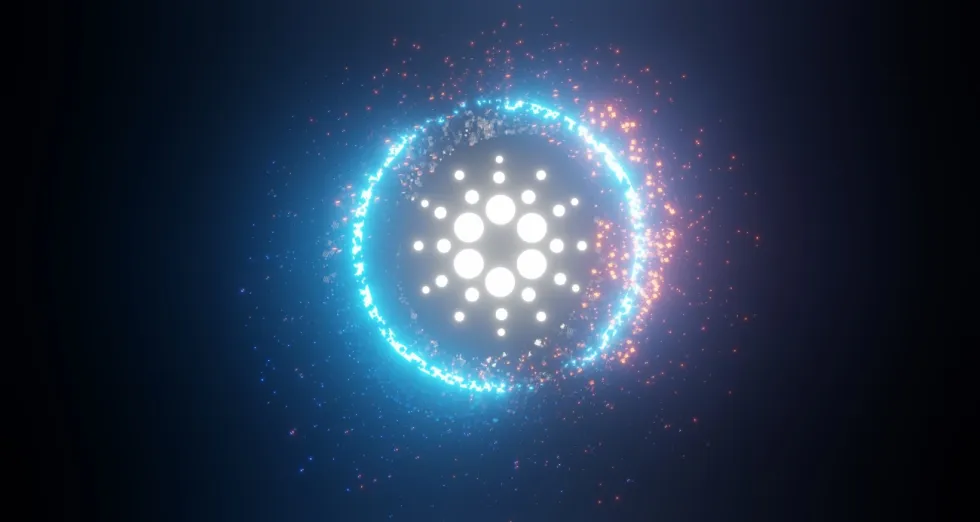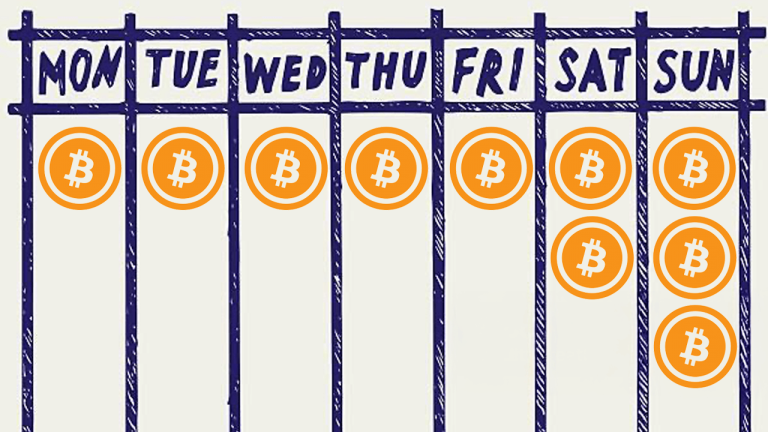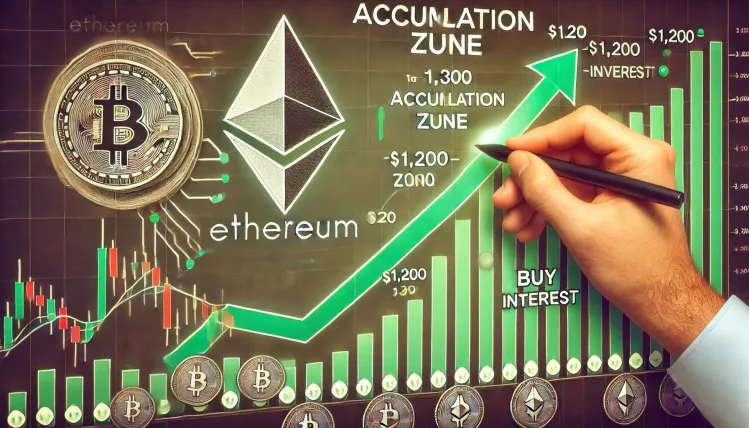
Cardano (ADA), one of the leading blockchain platforms, has unveiled its vision for 2030, detailing a series of major upgrades that could revolutionize its ecosystem. The roadmap focuses on key areas such as scalability, interoperability, governance, and quantum resistance, ensuring Cardano remains competitive in the fast-evolving blockchain space.
With a long-term approach and scientific research at its core, Cardano aims to address current blockchain limitations while preparing for future challenges, including the rise of quantum computing.
Key Upgrades in Cardano’s 2030 Roadmap
1. Scalability Enhancements: Hydra and Layer-2 Solutions
One of the biggest challenges for blockchain networks is scalability, and Cardano plans to tackle this with its Hydra protocol, a layer-2 scaling solution that enables off-chain transactions.
- Hydra will allow thousands of transactions per second (TPS), significantly improving network efficiency.
- The goal is to support large-scale adoption by enterprises and decentralized applications (dApps).
- Optimized fee structures will make transactions cheaper and faster.
With the continued growth of DeFi, NFTs, and real-world blockchain applications, this upgrade will be crucial for maintaining high-speed performance on the Cardano network.
2. Interoperability: Cross-Chain Bridges & Smart Contract Upgrades
Cardano’s roadmap includes a strong focus on interoperability, ensuring seamless interaction with other blockchains.
- Cross-chain bridges will be developed to facilitate communication between Cardano, Ethereum, Bitcoin, and other blockchain ecosystems.
- The upgrade will allow users to move assets and data across multiple blockchains efficiently.
- Smart contract enhancements will improve functionality, making Cardano an attractive platform for developers building decentralized applications (dApps).
With these improvements, Cardano aims to strengthen its DeFi ecosystem, making it easier for developers and users to interact across different networks.
3. Governance & Decentralization: Voltaire Era Implementation
Cardano is moving toward full decentralization with the completion of the Voltaire era, which introduces on-chain governance.
- A decentralized voting system will allow ADA holders to participate in network decisions.
- The treasury system will fund ecosystem development without reliance on external investors.
- The goal is to create a self-sustaining blockchain, where the community plays a significant role in decision-making.
This move strengthens Cardano’s reputation as one of the most community-driven blockchain projects.
4. Quantum Resistance: Preparing for the Future of Cryptography
One of the most groundbreaking aspects of the roadmap is Cardano’s focus on quantum-resistant cryptography.
- As quantum computers become more powerful, traditional cryptographic security methods could become vulnerable.
- Cardano plans to integrate post-quantum cryptographic algorithms to protect user assets and smart contracts.
- By implementing quantum-safe encryption, Cardano will ensure long-term security in a rapidly advancing technological landscape.
This initiative sets Cardano apart as a forward-thinking blockchain, preparing for potential threats before they arise.
5. AI & Smart Contracts: The Next Evolution of dApps
Cardano’s future roadmap includes advancements in AI-driven automation and smart contract functionality.
- AI-powered smart contracts will enable more efficient and autonomous dApps.
- Advanced scripting languages will provide developers with more flexibility and security.
- The integration of machine learning in blockchain governance will help optimize decision-making.
These upgrades could make Cardano a hub for AI-driven blockchain applications, increasing adoption in sectors like finance, healthcare, and supply chain management.
What This Means for ADA Investors
With these ambitious upgrades, Cardano is positioning itself as a next-generation blockchain capable of competing with Ethereum, Solana, and Polkadot.
- Scalability & low fees could attract more developers to build on Cardano.
- Interoperability will increase ADA’s adoption in the wider crypto ecosystem.
- Quantum security ensures long-term safety for users’ assets.
- AI-driven smart contracts could unlock new use cases and boost demand for ADA.
If successfully implemented, these upgrades could drive mass adoption, making Cardano one of the top-performing blockchains by 2030.
Conclusion: Is Cardano Set for Long-Term Success?
Cardano’s 2030 roadmap shows a commitment to continuous innovation and long-term sustainability. By focusing on scalability, governance, interoperability, and quantum security, the project aims to future-proof its ecosystem.
While challenges remain, if Cardano delivers on its promises, it could solidify its place as a leading blockchain for decentralized applications and enterprise solutions.





